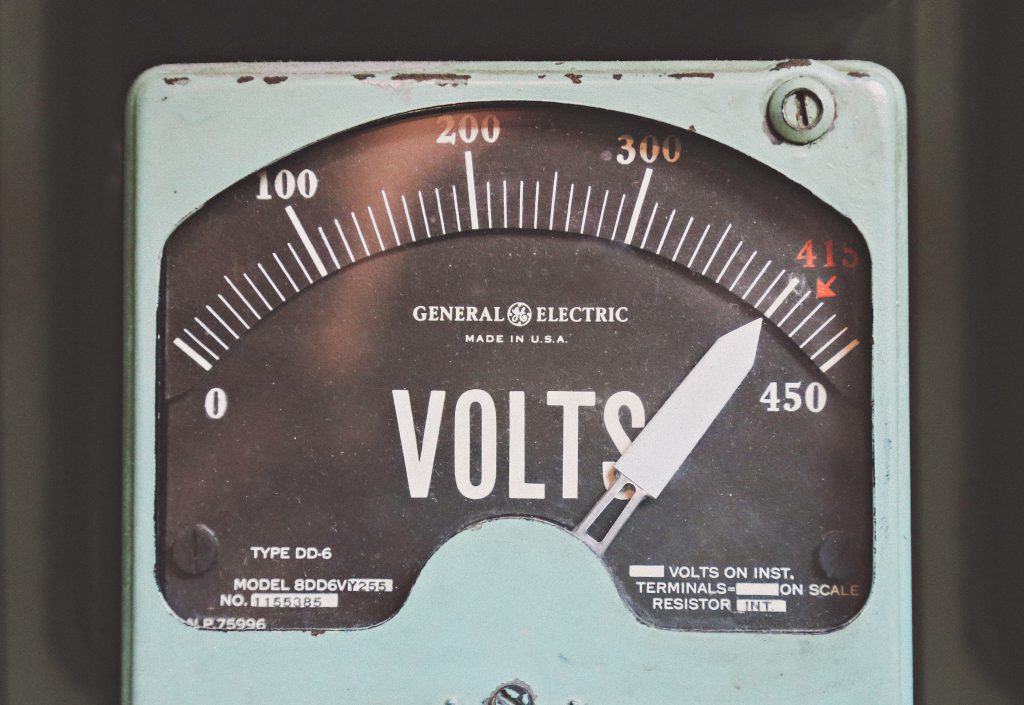Companies often overlook the proper air permit and maintenance logs for their on-site emergency generators. After all, they’re used so infrequently they become an afterthought.
Sometimes, we mistakenly believe the vendor that installed the equipment was also responsible for the air permits. To further confuse matters, each state has its own requirements for the permitting of emergency engines and sometimes even counties, townships or cities may adopt their own more restrictive requirements. Regardless of the reason, it is always better to own-up and ensure compliance.
Here are five things you can do to determine whether your emergency generator is compliant.
1. Perform an Online Permit Search
Records more than a few years old have a nasty habit of disappearing. The Freedom of Information Act requires all air permits to be publicly available for review, upon request. Many agencies have taken steps to ensure all permits within their region of authority are readily available online for download. Search your local environmental protection agency’s website for a database or listing of active permits for your own facility so you can be sure the most recent version is on file.
2. Read Your Permit
Chances are, no one has reviewed the content of your air permit since it was issued. Take a few minutes to read your air permit and relevant regulations and compare what they require with your current compliance plan. Here are some additional resources to assist in your understanding of the federal requirements:
- All emergency generators: RICE MACT Fact Sheet
- Diesel generators: NSPS IIII Fact Sheets
- Gasoline, natural gas and propane generators: NSPS JJJJ Fact Sheets
3. Check Your Records
A properly maintained emergency generator will have records of when it was operated for testing and maintenance and for how long. There will also be records of how much fuel is consumed, the reason for operation and what maintenance was completed on the unit.
If your company doesn’t have these records, check to see if you’ve hired a third-party to perform these maintenance checks for you. If no records exist, it’s never too late to start. Remember, always refer to the manufacturer’s recommendations when establishing your maintenance plan.
Download our free Generator Maintenance Documentation template to get started.
4. Properly Classify Emergencies
Federal regulations restrict emergency generators to 100 hours per calendar year for testing, maintenance and other non-emergency reasons. Some states are even more restrictive. Emergency operations are typically unrestricted (although, again, some states do put limits on this). A common mistake in the logbook is to track emergency operation as non-emergency.
5. Call Tetra Tech
Whenever you have a question, don’t be afraid to reach out to Tetra Tech. Our experience in obtaining permits for and reporting on emergency generators spans the U.S. We assist our clients in getting into and maintaining compliance with federal, state, and local regulations while fostering strong relationships between them and their local regulatory agencies.






